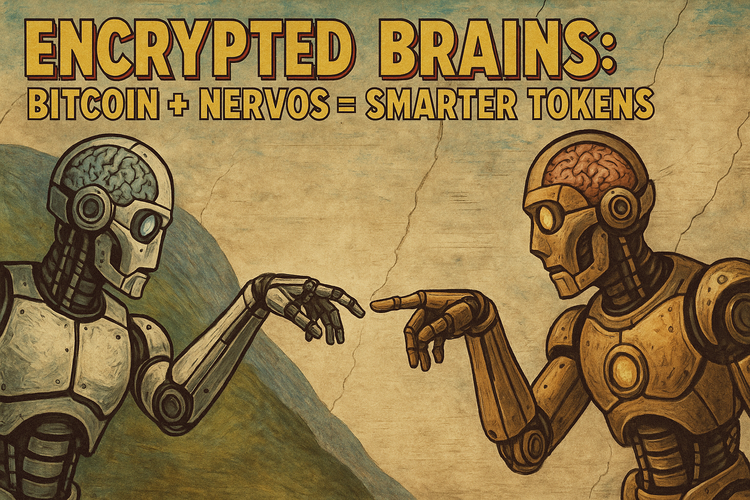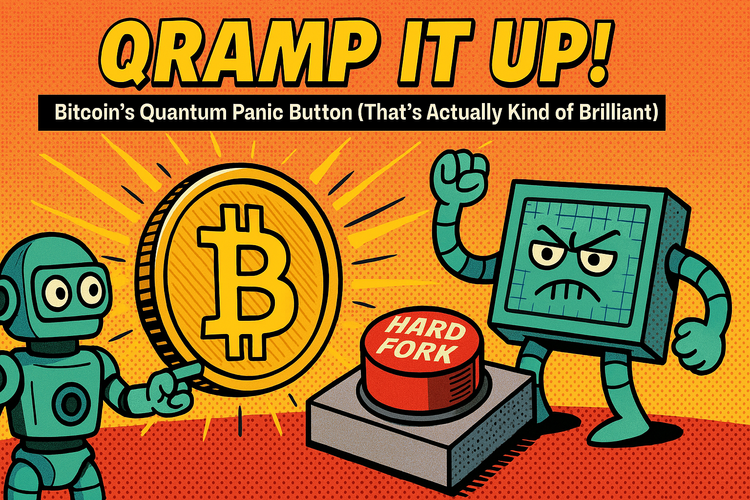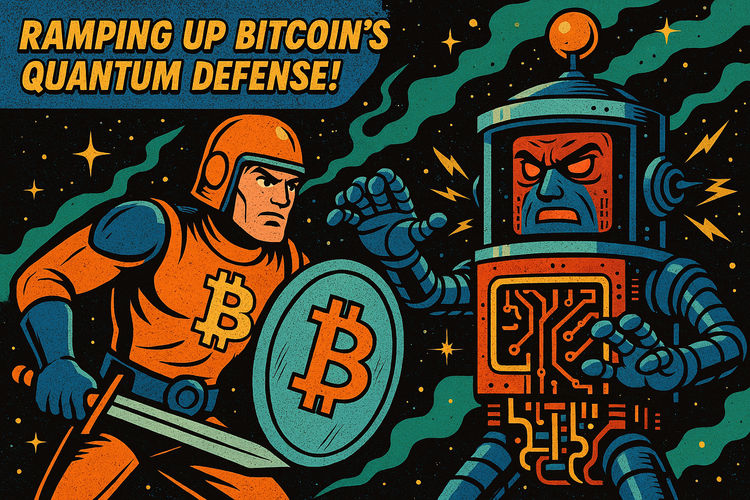Bitcoin’s 2025 Power Move: The U.S. Government Goes All-In

The U.S. government recently made a major power move in Bitcoin. The same government that spent years debating crypto regulations just became one of the biggest Bitcoin holders in the world.
What changed? Welcome to 2025—where Bitcoin isn’t just a rebellious financial experiment anymore. It’s becoming a strategic asset. A new Executive Order from President Trump 2.0 has officially put 200,000 BTC into a Strategic Bitcoin Reserve (SBR). And if Congress gets its way with the BITCOIN Act, the U.S. Treasury could stack up to 1 million BTC over the next five years.
So what’s going on? Why is the U.S. suddenly stacking sats like a maxed-out Bitcoin Maxi? Let’s break it down.
The Big Picture: U.S. Bitcoin Strategy Begins
🔹 200,000 BTC: Government’s initial stash—seized from criminal and civil asset forfeitures
🔹 1 Million BTC? If the BITCOIN Act passes, the U.S. could control 5% of all BTC ever created
🔹 20-Year Hold: The law would prohibit selling these assets for at least two decades
🔹 Gold Reserves Involved? The Act suggests using gold-backed certificates to fund BTC buys
🔹 State-Level Reserves: More than half of U.S. states are already working on their own Bitcoin reserves
Sounds bullish? It is. The U.S. isn’t just buying Bitcoin; it’s treating it like a strategic financial weapon.
Why Is the U.S. Government Suddenly So Bullish?
It’s a wild shift from a government(A.K.A Trump Boost) that spent the last decade flip-flopping on crypto regulation. But this new strategy makes sense for a few key reasons:
1. Bitcoin as a Hedge Against Inflation
The government already has gold reserves—why not Bitcoin? Unlike fiat, Bitcoin’s hard cap of 21 million BTC makes it the ultimate inflation-proof asset.
2. National Security & Financial Sovereignty
With countries like China launching digital yuan and Russia exploring crypto for sanctions evasion, the U.S. is realizing it needs a digital asset strategy—fast.
3. Institutional Legitimacy
Bitcoin ETFs launched last year and instantly became some of the biggest ETF successes in history. The U.S. government holding Bitcoin could reinforce confidence in BTC as a mainstream financial instrument.
Regulations Are Still in Flux
If you think this means Bitcoin is finally free from regulatory drama, hold up. The U.S. government’s newfound love for BTC doesn’t mean they’re about to give everyone a free pass. In fact, 2025 is shaping up to be a regulatory rollercoaster.
Here’s what’s coming: 🔸 FIT21 Act: A proposed law clarifying whether digital assets fall under SEC or CFTC oversight.
🔸 Stablecoin Act: New regulations targeting USDT and other stablecoins.
🔸 Operation Choke Point 2.0: Crypto businesses might still struggle to get banking access.
Even with Bitcoin gaining official U.S. government approval, crypto companies still have regulatory uncertainty to deal with.
Notoko’s Take: Is This a Bullish or Bearish Move?
There’s no doubt that the U.S. stacking BTC is bullish. But there are a few things to watch out for:
1️⃣ Government Control – Holding 5%+ of Bitcoin’s supply gives the U.S. massive influence over the market.
2️⃣ Regulatory Drama – More government involvement = More rules & restrictions.
3️⃣ Long-Term Lock-In – A 20-year hold period prevents the government from quickly dumping BTC on the market, but it also means less liquidity.
At the end of the day, this is a massive milestone for Bitcoin. What started as an experiment is now being recognized as a global strategic asset.
Either way—Bitcoin is now officially too big to ignore.
💡 Subscribe to Notoko Bytes for more crypto chaos straight to your inbox! 🚀

Want to feature your brand on Notoko Bytes? 🚀 Contact us at ctrascend@gmail.com for sponsored posts!
Disclaimer
*The information and analysis provided in this article are intended for educational and informational purposes only and should not be considered as financial, investment, or professional advice. While our team strives to ensure the accuracy and reliability of the content, we make no representations or warranties of any kind, express or implied, about the completeness, accuracy, reliability, suitability, or availability of the information presented.
The content within this article may include opinions and forward-looking statements that involve risks and uncertainties. The blockchain and cryptocurrency markets are highly volatile, and past performance is not indicative of future results. Any reliance you place on the information presented is strictly at your own risk. Before making any investment decisions, we highly recommend consulting with a qualified financial advisor or conducting your own thorough research.
By accessing and using the information provided in this article, you acknowledge and agree that neither the authors, publishers, nor any other party involved in the creation or delivery of the content shall be held liable for any direct, indirect, incidental, consequential, or punitive damages, including but not limited to loss of profits, goodwill, or data, arising out of your use or inability to use the information provided or any actions you take based on the information contained within this section.*





